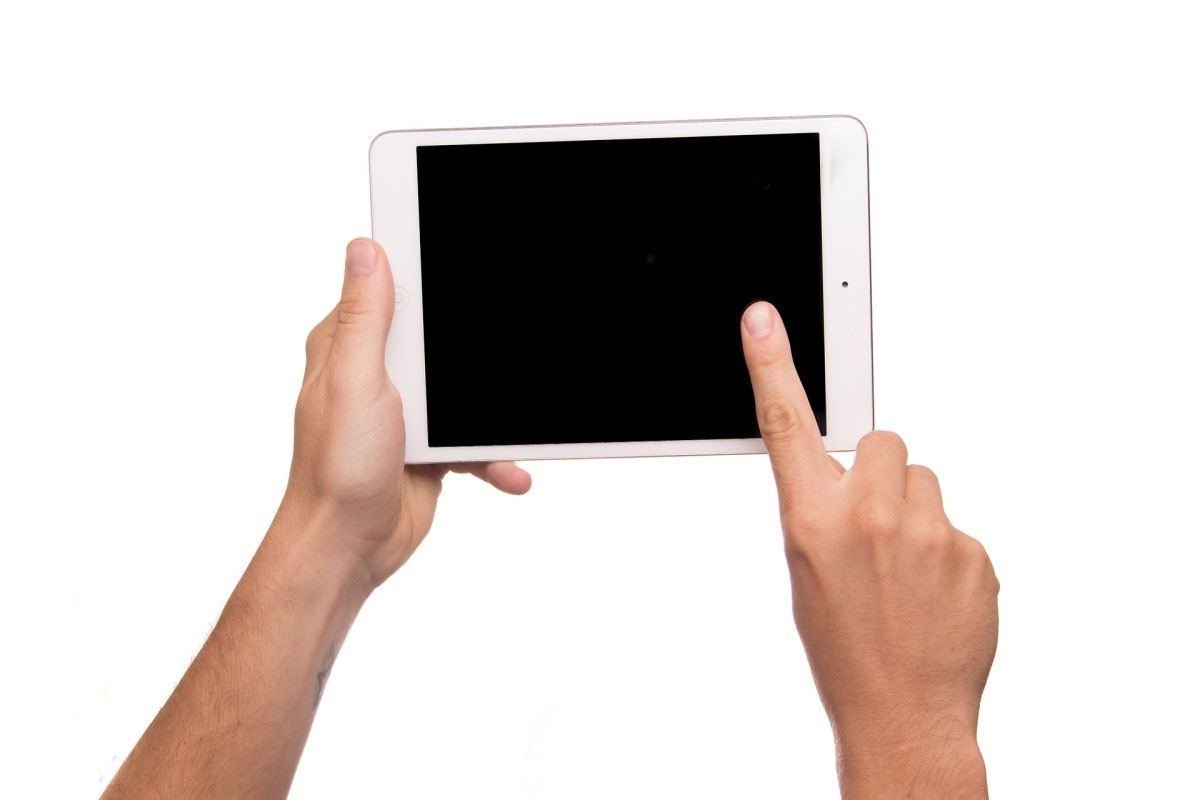
Introduction:
In an era where digital privacy is paramount, securing your tablet is crucial for safe and confident use. Explore these Tablet Privacy Tips to enhance your privacy measures and ensure secure digital interaction.
**1. Lock Screen Security:
The first line of defense for your tablet is the lock screen. Implement strong and secure lock screen methods, such as PIN codes, passwords, or biometric authentication like fingerprints or facial recognition. This ensures that only authorized users can access your device.
2. App Permissions Review:
Regularly review and manage app permissions on your tablet. Go through the list of apps and adjust their access to features like location, camera, and contacts. Grant permissions only when necessary, enhancing both privacy and security.
3. Utilize Encrypted Messaging Apps:
For secure communication, use encrypted messaging apps. Apps like Signal or Telegram offer end-to-end encryption, protecting your messages from interception. Prioritize these apps for sensitive or private conversations.
4. Virtual Private Network (VPN) Usage:
Implementing a Virtual Private Network (VPN) on your tablet encrypts your internet connection, providing a secure tunnel for your data to travel through. This safeguards your online activities, especially when using public Wi-Fi networks.
5. Secure Browsing Habits:
Practice secure browsing habits on your tablet. Avoid clicking on suspicious links, use HTTPS websites, and be cautious about the information you share online. Secure browsing habits contribute significantly to protecting your privacy.
6. Biometric Authentication for Apps:
Some tablets allow biometric authentication for individual apps. Enable this feature for apps that contain sensitive information, adding an extra layer of security beyond the device’s lock screen.
7. Regular Software Updates:
Keep your tablet’s operating system and apps up-to-date. Regular updates often include security patches that address vulnerabilities and enhance the overall security of your device.
8. Review App and Device Settings:
Regularly review your tablet’s settings, both at the system level and within individual apps. Adjust privacy settings according to your preferences, and be aware of any changes in app permissions with each update.
9. App Lock or Guest Mode:
Explore features like App Lock or Guest Mode that some tablets offer. App Lock allows you to secure specific apps with an additional password, while Guest Mode creates a restricted profile for shared tablet use.
10. Tablet Privacy Tips – Conclusion:
By implementing these Tablet Privacy Tips into your digital routine, you can significantly enhance the security and privacy of your device. For more comprehensive insights and additional strategies, explore our detailed guide on Tablet Privacy Tips.
Your tablet is a gateway to a world of information, communication, and entertainment. Protecting your privacy ensures that your digital interactions remain safe and secure. Whether for personal or professional use, these tips empower you to take control of your digital privacy.










